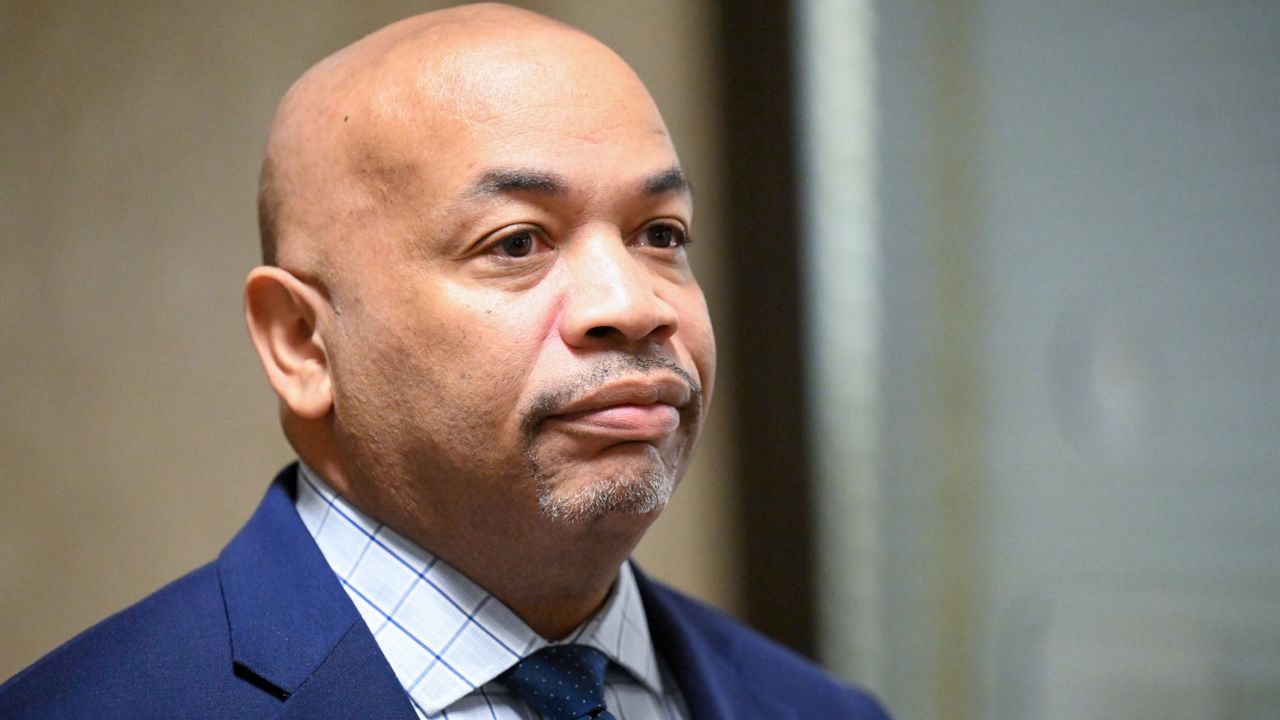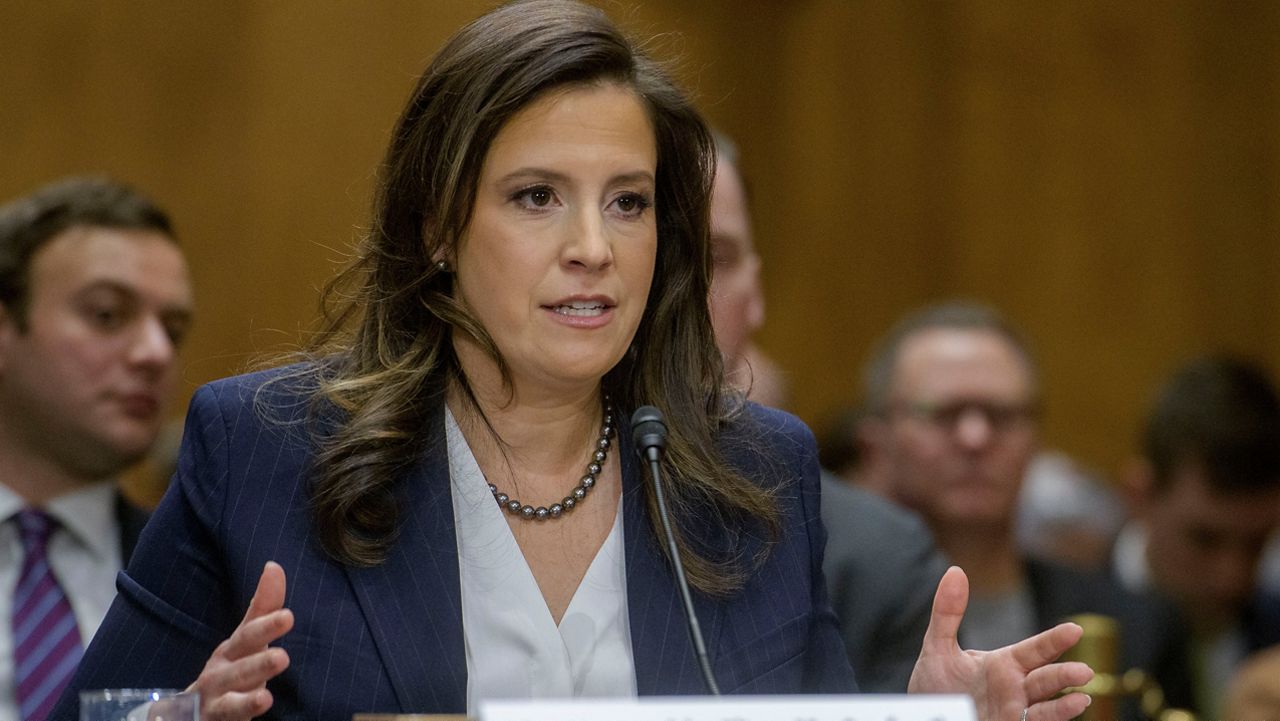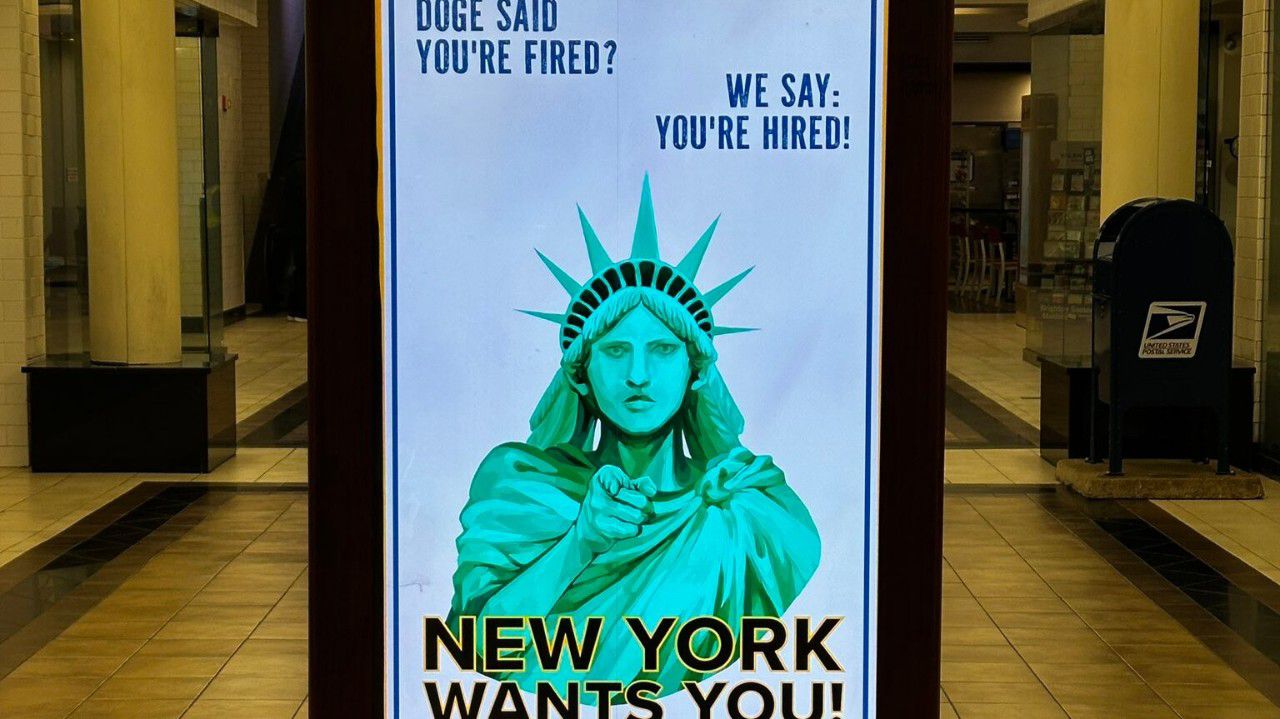Hours after New York state lawmakers on Thursday put the finishing touches on the redistricting process and Gov. Kathy Hochul signed the new maps into law, a legal challenged was filed to reject the changes.
The suit filed in state Supreme Court in Steuben County against the new lines for the U.S. House of Representatives' seats in New York could provide the first test for the state constitutional amendment approved as a safeguard against partisan gerrymandering of legislative districts.
"The maps just signed into law are unconstitutional partisan gerrymanders that attempt to rig New York elections for the next decade in defiance of the will of the voters and with blatant disregard for New York’s Constitution," said attorneys Misha Tseytlin and Republican former state Sen. George Winner. "These new maps must be struck down.”
Democratic lawmakers have said they expect the maps will be upheld under a court challenge.
The new districts, part of the once-a-decade redistricting process, were submitted by Democratic lawmakers earlier this week after a bipartisan commission failed to reach an agreement on a set of maps.
Democrats have said the new districts were drawn fairly. Republicans and good-government advocates have argued the maps will help Democrats gain and retain more seats in Congress as well as in the state Legislature for the next 10 years.
Republican lawmakers during the floor debate blasted the lines, and questioned how the districts were drawn in an apparent effort to show a constitutional amendment guiding the redistricting process had been violated.
"It's my expectation that there will be," said Senate Minority Leader Robert Ortt of a potential legal challenge after the state Senate finalized the new districts in a partyline 43-20 to vote approving the state-level lines. "I think the stakes necessitate that there are."
Republican state Sen. Andrew Lanza in exchange with Democratic Sen. Michael Gianaris questioned how boundaries were decided in an effort to show potential conflicts with an amendment that prohibits districts drawn to benefit specific political parties or candidates.
"The people of the state of New York deserve to know how these maps were drawn, who drew them and how they came up with them," Lanza said.
Democrats have maintained the lines are far fairer than the legislative boundaries drawn a decade ago by Republicans in the state Senate (a federal special master drew the House lines in 2012). At the same time, the legislative lines show less population deviation than in prior rounds of redistricting.
"This map is a fix," Gianaris said during his debate with Lanza. "And when you fix things that are broken, they are going to change."
Democrats expect to be successful in any attempt by Republicans to overturn the changes — a battle that would likely play out in state court.
"We've had lawyers look at these lines every which way and we believe very confidently we comply with all the legal requirements," Gianaris said after the vote.
Democrats hold supermajorities in the state Senate and Assembly. While the party has had control of the Assembly since the Watergate scandal, the Democratic control of the Senate was only recently re-attained in 2018. Lawmakers in the chamber have long decried the Republican hand in the redistricting process.
Senate Majority Leader Andrea Stewart-Cousins, who first won election after unseating a Republican incumbent in the New York City suburbs, pointed to her original district as a haphazard gerrymander.
"The result today is the result of following a process that was put in place by the former majority and these maps are the result of that," she said.
Good-government advocates have decried the process that resulted in the new redistricted lines that have had little public debate after being introduced this week. At the same time, less competition at the state and federal level could lead to less competitive general elections and more heated party primaries — furthering a rise in polarization in the process.
Several Republican lawmakers were drawn into the same district. Longtime incumbent Sen. Jim Tedisco was drawn together with fellow Republican Peter Oberacker. Both have pledged to seek re-election.
"They basically turned my district upside down," Tedisco said. "I've been through four redistrictings, but this was Draconian."








